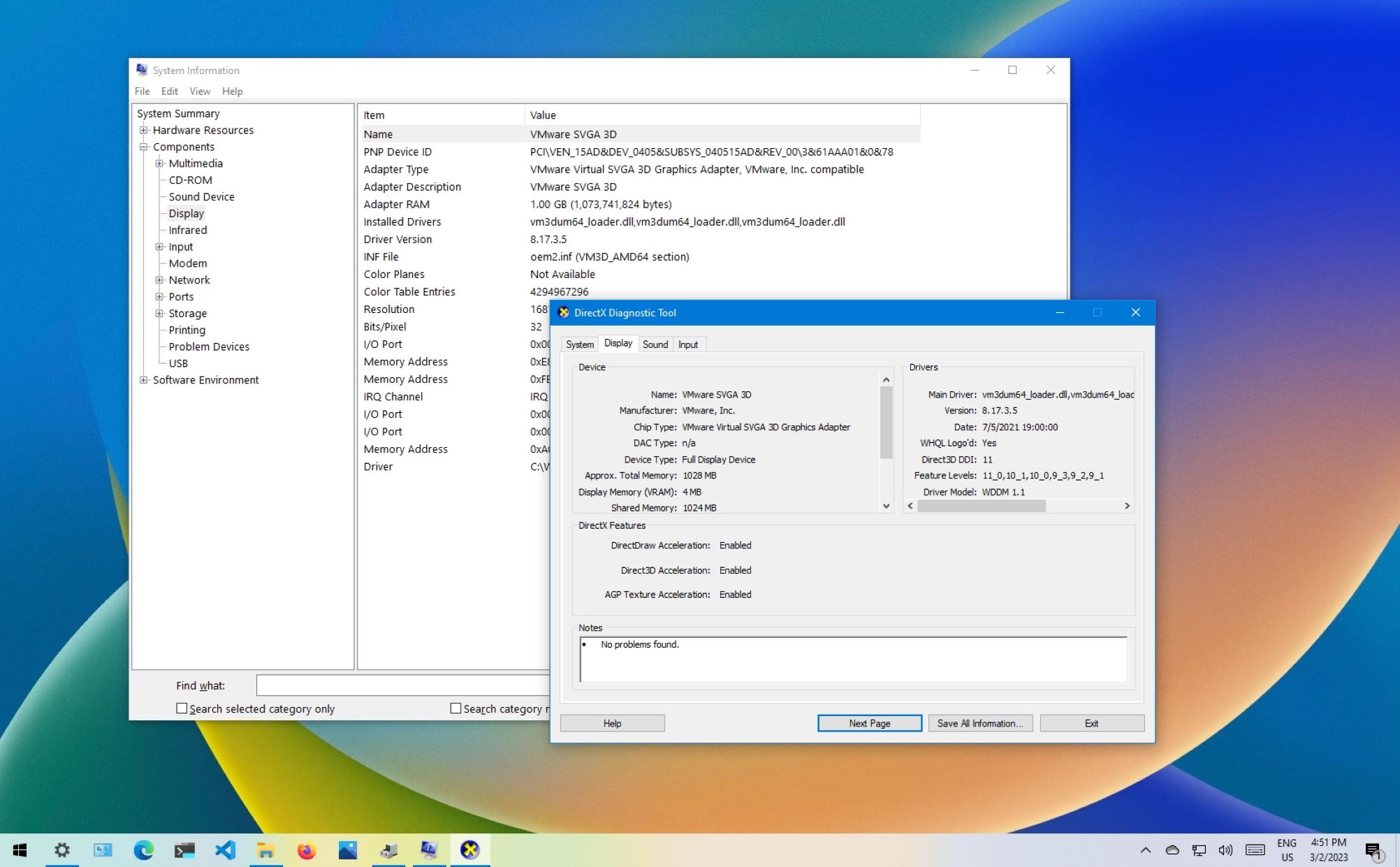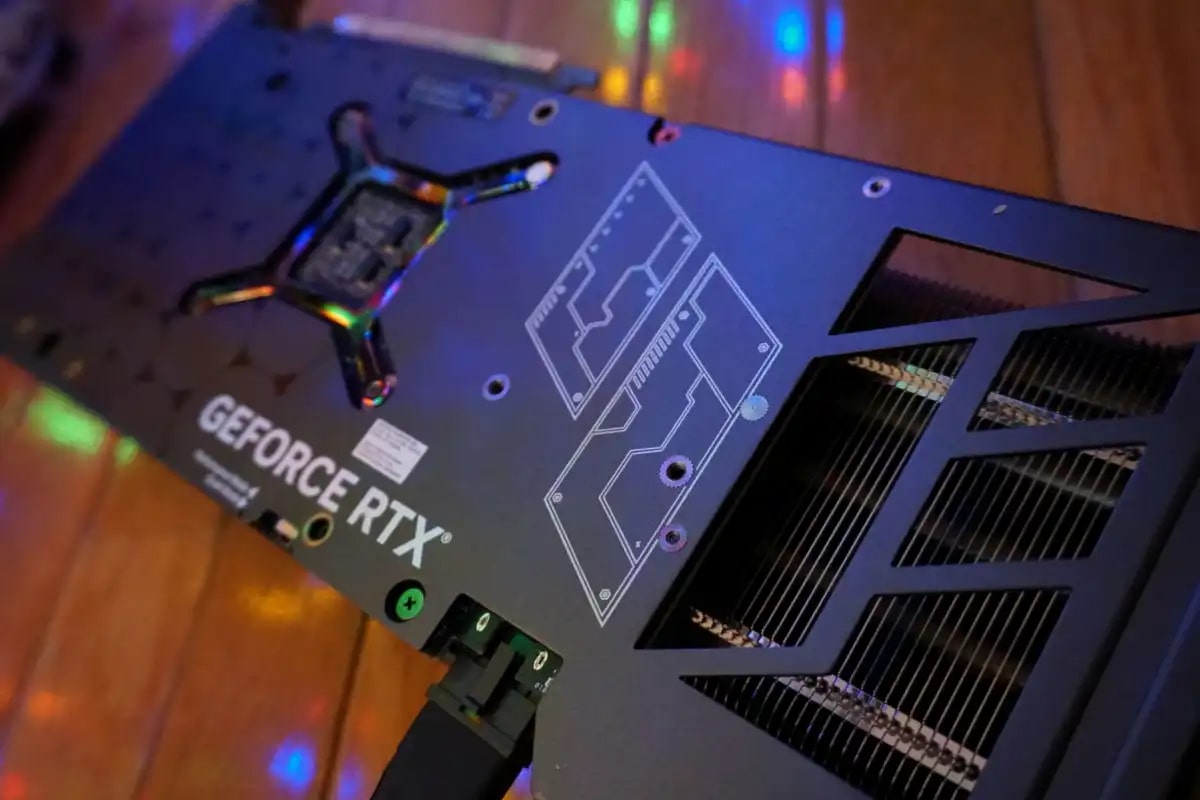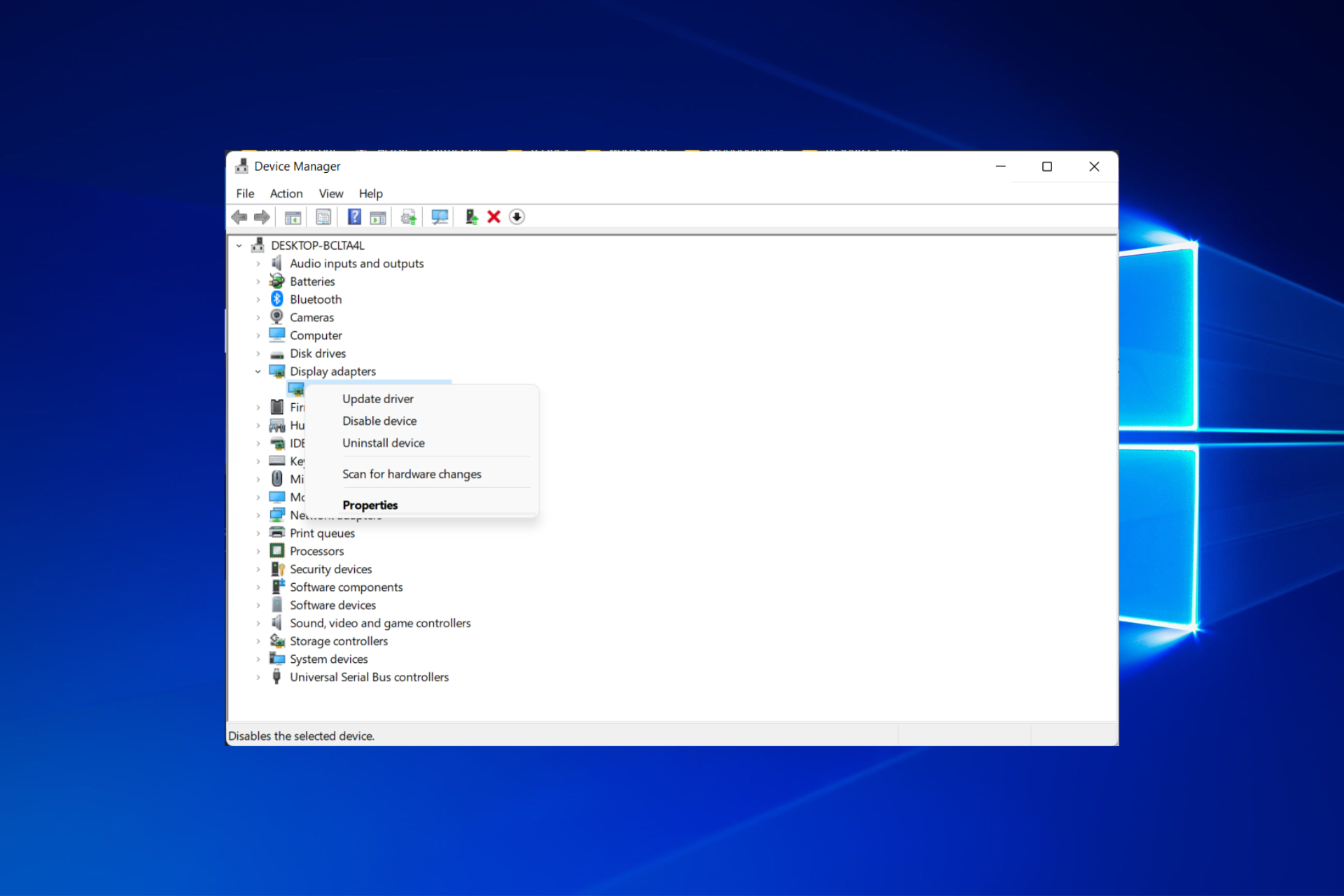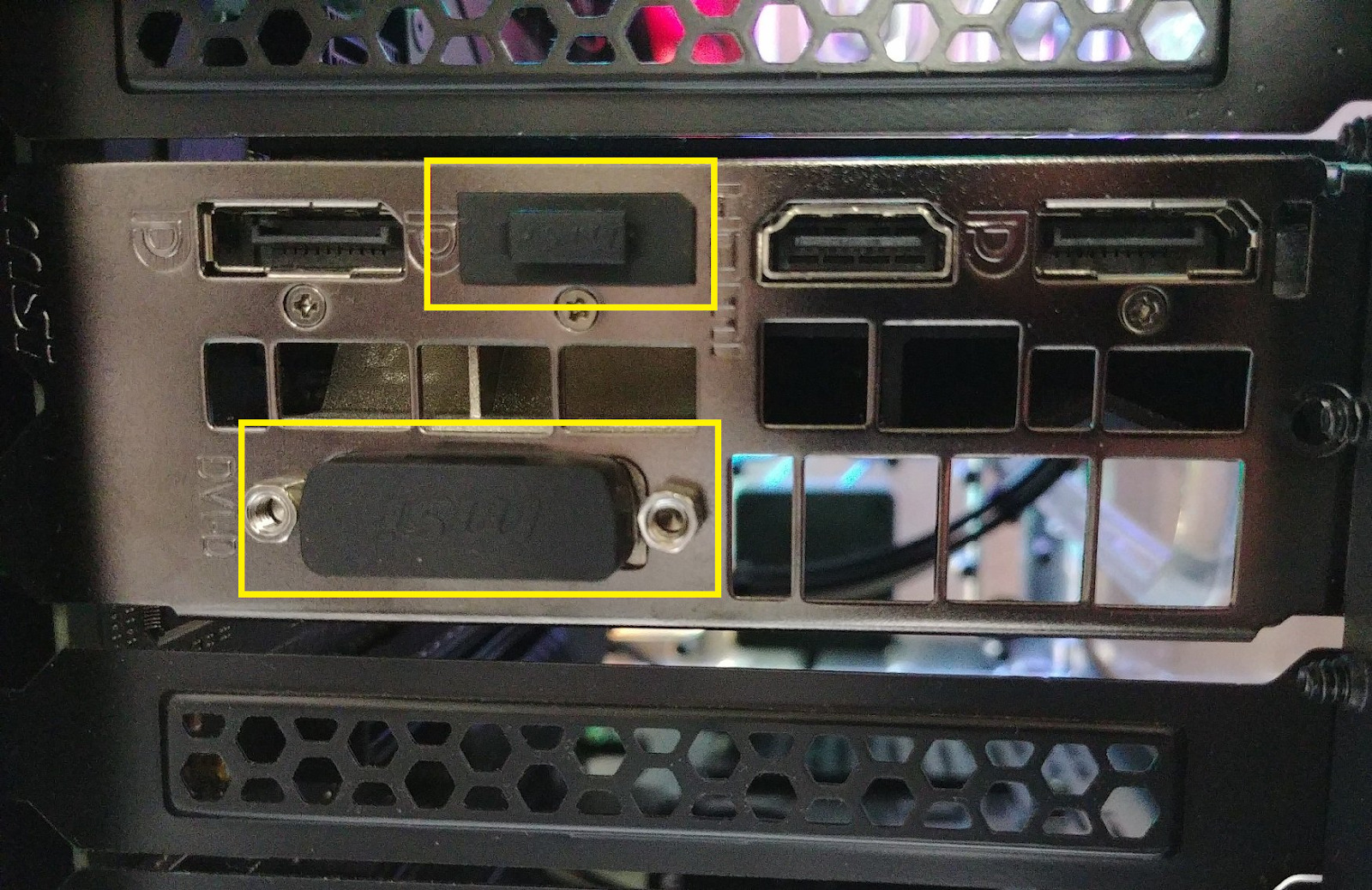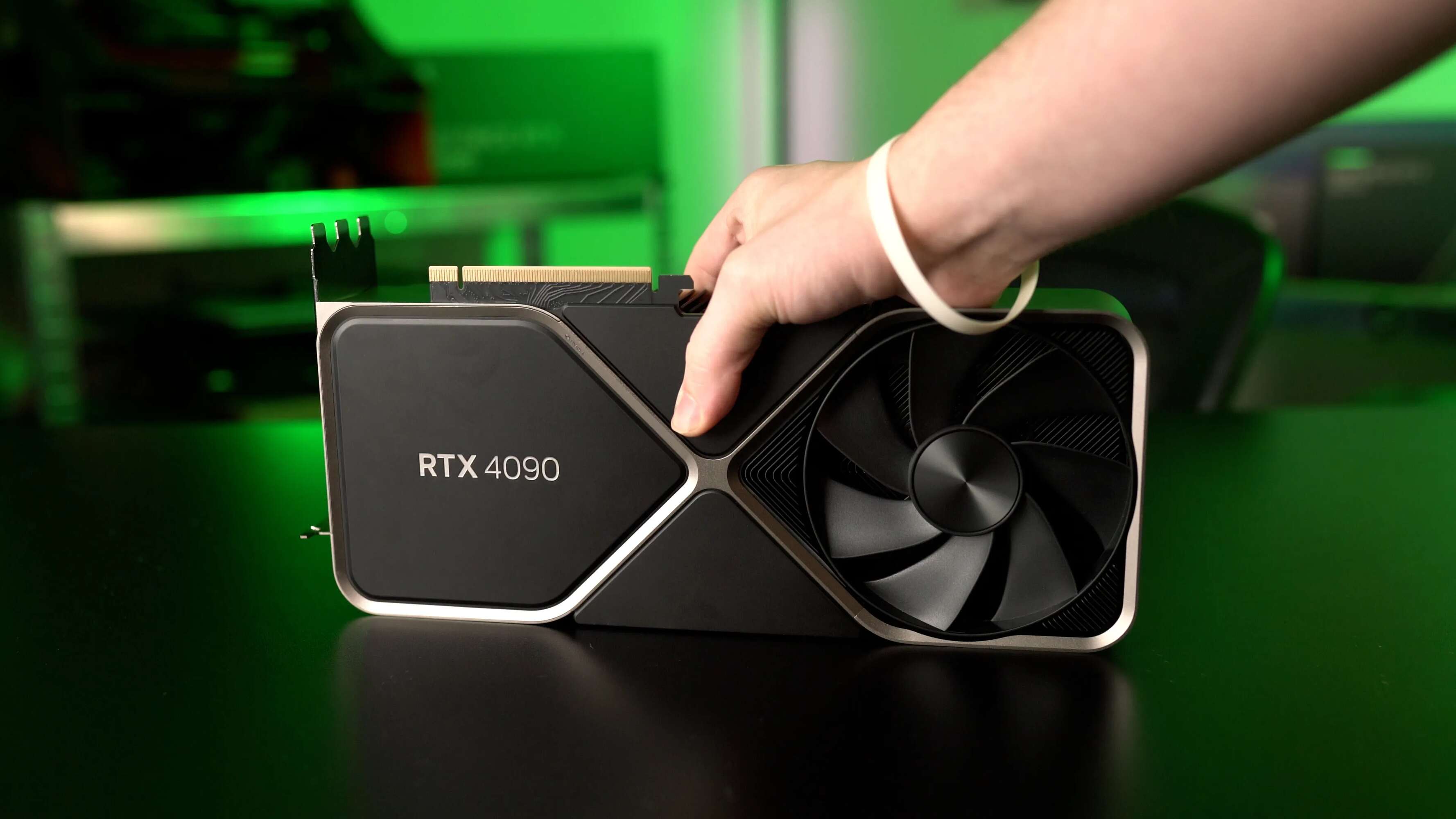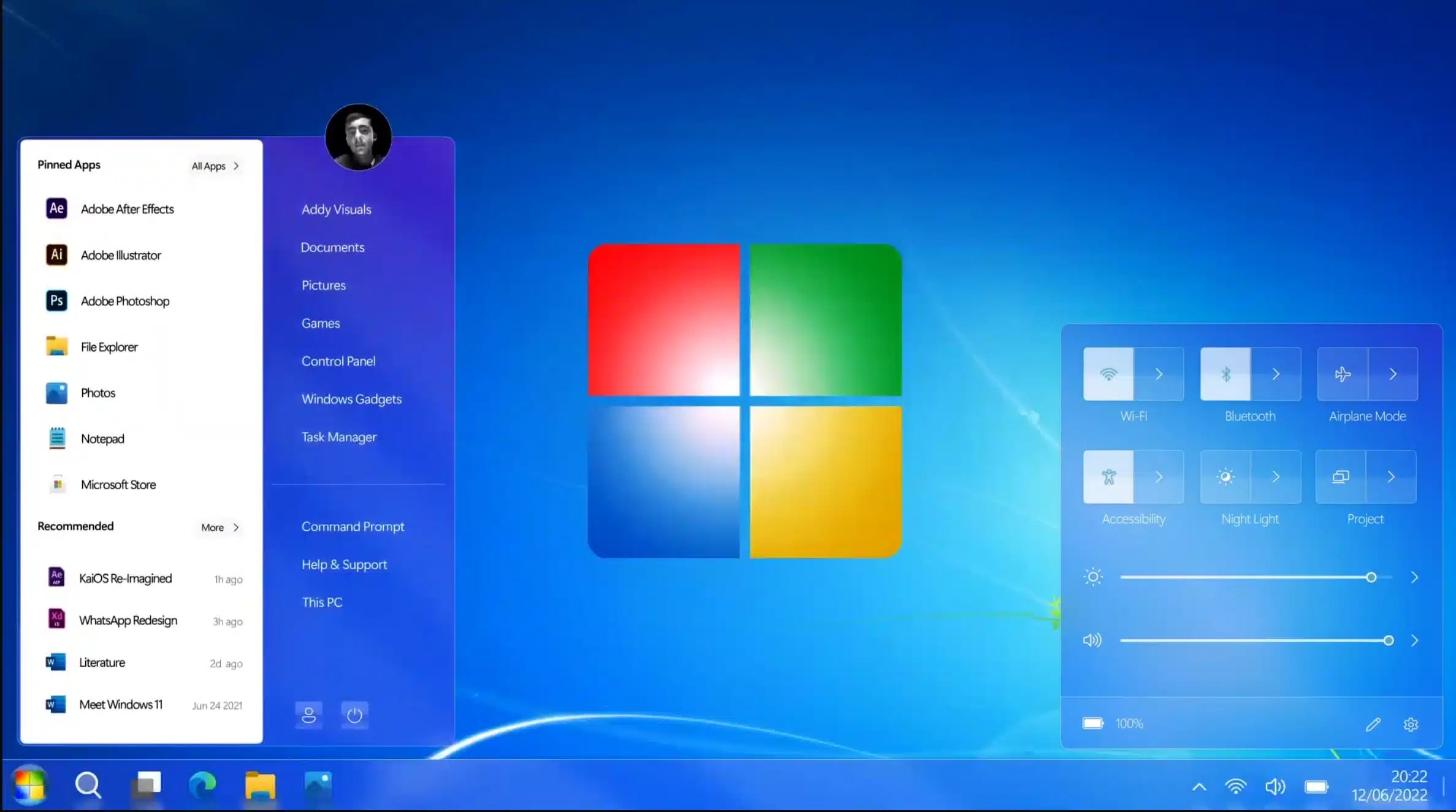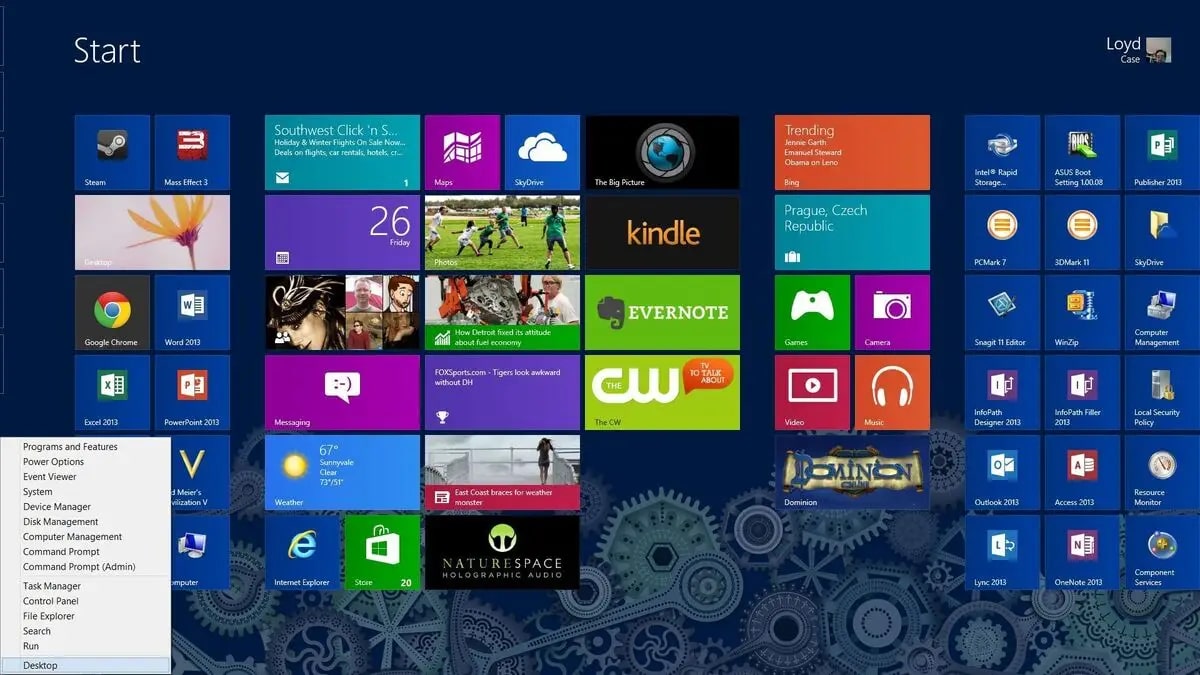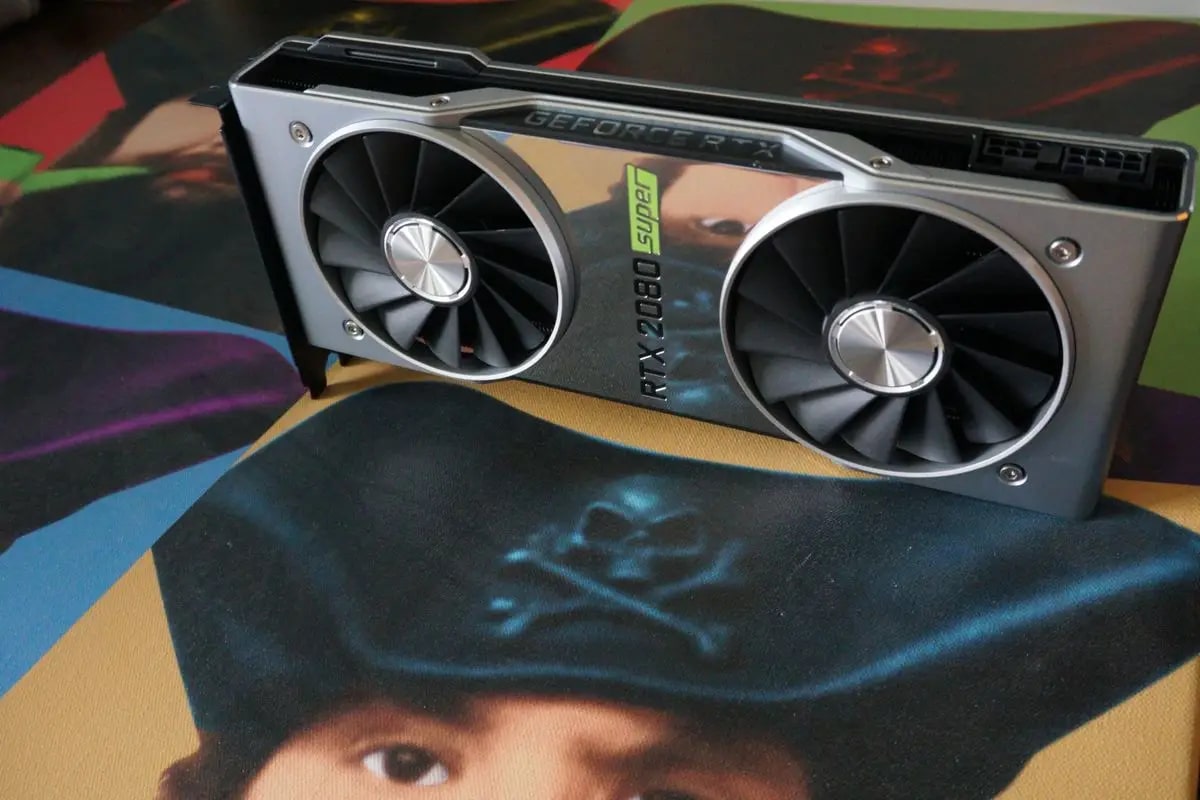Introduction
Knowing what graphics card your computer has can be essential for various reasons. Whether you’re a gamer looking to optimize your settings, a video editor needing to ensure smooth rendering, or a software developer wanting to test graphics performance, identifying your graphics card is crucial. Fortunately, determining the type and model of your graphics card is a straightforward process on most operating systems.
In this article, we’ll guide you through the steps to check your graphics card on Windows, Mac, and Linux. We’ll explore different methods, including built-in system tools and command line options, to help you find the graphics card information you need. So, let’s dive right in and discover how to see what graphics card you have on your computer!
Before we proceed, please note that the steps provided here may vary slightly depending on the version of the operating system you’re using. Additionally, some methods may require administrative privileges or specific software installations. Make sure to follow the instructions that apply to your particular platform for accurate results.
Checking the Graphics Card on Windows
Windows offers multiple methods to check the graphics card information. Here, we’ll highlight two common approaches: using the System Information tool and accessing the Device Manager.
Using the System Information tool:
- Press the Windows key + R to open the Run dialog box.
- Type “msinfo32” and click OK. The System Information window will appear.
- In the left pane, navigate to “Components” and expand it.
- Scroll down and click on “Display.” The right pane will display detailed information about your graphics card, including the model, manufacturer, driver version, and more.
Accessing the Device Manager:
- Right-click on the Start menu and select “Device Manager.” The Device Manager window will open.
- Expand the “Display adapters” category. Here, you’ll find the name of your graphics card.
- Right-click on the graphics card and select “Properties.”
- In the “Driver” tab, you’ll find additional information, such as the driver version and date.
These methods should help you easily identify your graphics card on Windows. Keep in mind that the exact steps may differ slightly depending on the version of Windows you’re using. If you’re still having trouble finding the information, refer to your computer manufacturer’s documentation or support website.
Using System Information Tool
The System Information tool is a built-in feature in Windows that provides a comprehensive overview of your hardware and software configuration, including your graphics card details. Here’s how you can access this tool:
- Press the Windows key + R to open the Run dialog box.
- Type “msinfo32” and click OK. The System Information window will appear.
- In the left pane, navigate to “Components” and expand it.
- Scroll down and click on “Display.” The right pane will display detailed information about your graphics card, including the model, manufacturer, driver version, and more.
When you click on “Display,” you’ll find information such as the adapter name, chip type, BIOS version, and dedicated video memory. Additionally, if your computer has multiple graphics cards, they will be listed separately.
The System Information tool provides valuable information for troubleshooting graphics-related issues, updating drivers, or comparing specifications. You can even use this information to search for driver updates specific to your graphics card model on the manufacturer’s website.
Remember that the steps may slightly vary based on your Windows version. If you’re unable to find specific information about your graphics card or encounter any issues while using the System Information tool, consult your computer manufacturer’s support documentation or visit their website for assistance.
Checking the Graphics Card on Mac
If you’re using a Mac computer, there are a couple of methods you can use to find information about your graphics card. Let’s explore two common approaches: using the “About This Mac” window and utilizing the Terminal.
Using the “About This Mac” window:
- Click on the Apple menu in the top-left corner of the screen and select “About This Mac.”
- In the Overview tab, you’ll see a summary of your Mac’s hardware configuration.
- Click on the “System Report” button. The System Information window will open.
- In the left sidebar, click on “Graphics/Displays.” Here, you’ll find detailed information about your graphics card, including the model, VRAM, display resolution, and more.
Using Terminal:
- Open the Terminal application. You can find it in the Utilities folder within the Applications folder, or you can use Spotlight search to locate it.
- Type the following command and press Enter: “system_profiler SPDisplaysDataType”.
- The Terminal will display information about your graphics card, such as the model name, VRAM, and vendor. This command provides a more technical view of your graphics card configuration.
These methods should help you easily identify your graphics card on a Mac. The information provided can be useful for troubleshooting graphics-related issues, checking compatibility with specific software or games, and ensuring you have the latest drivers installed.
Please note that the steps may vary slightly depending on the version of macOS you’re using. If you’re unable to find specific information about your graphics card or encounter any difficulties using these methods, consult Apple’s support documentation or visit their website for further assistance.
Using About This Mac
The “About This Mac” option on macOS provides a quick and easy way to find information about your graphics card. Here’s how you can access it:
- Click on the Apple menu in the top-left corner of the screen.
- Select “About This Mac” from the drop-down menu.
- A window will pop up displaying an overview of your Mac’s hardware and software information.
- Click on the “System Report” button. The System Information window will open.
- In the left sidebar, click on “Graphics/Displays.”
- The right pane will show detailed information about your graphics card, including the model, VRAM, display resolution, and more.
The “About This Mac” method is user-friendly and provides a summary of your Mac’s hardware configuration. It allows you to quickly access essential information about your graphics card without the need for technical expertise.
Additionally, by clicking on “More Info” or “System Report,” you can explore further details, including graphics driver information and compatibility with specific versions of macOS.
It’s important to note that the steps may vary slightly depending on the version of macOS installed on your Mac. If you encounter any difficulties or are unable to find specific information about your graphics card using this method, refer to Apple’s documentation or visit their support website for further assistance.
Using Terminal
If you prefer a more technical approach, you can use the Terminal application on macOS to find information about your graphics card. Follow these steps:
- Open the Terminal application. You can find it in the Utilities folder within the Applications folder, or you can use Spotlight search to locate it.
- Type the following command and press Enter:
system_profiler SPDisplaysDataType. - The Terminal will display detailed information about your graphics card, including the model name, VRAM (Video RAM) size, manufacturer, and more.
The Terminal output will provide you with technical information about your graphics card, which can be useful if you’re troubleshooting graphics-related issues or require specific details for software compatibility.
For example, you’ll find information about the GPU (Graphics Processing Unit) model and its capabilities. You may also see details about the display resolutions supported by your graphics card and other related system information.
This method gives you a more in-depth view of your graphics card configuration, which can be valuable for advanced users or developers who need precise specifications.
It’s worth noting that commands and output in Terminal can sometimes be complex for those unfamiliar with the command-line interface. If you encounter any difficulties or need further information, refer to macOS documentation or online resources for additional guidance on using Terminal commands related to graphics cards.
Checking the Graphics Card on Linux
Linux provides various methods to check the graphics card information. Here, we’ll explore two common approaches: using the System Profiler and utilizing command line tools.
Using System Profiler:
- Open the System Profiler application. The name may vary depending on your Linux distribution; common names include “System Information,” “System Profiler and Benchmark,” or “HardInfo.”
- In the application, navigate to the “Graphics” or “Display” section.
- You will find detailed information about your graphics card, including the model, driver version, and more.
Using Command Line Tools:
- Open a terminal emulator.
- For NVIDIA graphics cards, use the command
nvidia-smito display information about your graphics card, including the model, CUDA version, and driver version. - For AMD graphics cards, use the command
sudo lshw -C displayto view details about your graphics card.
Linux also provides additional command line tools such as glxinfo, vulkaninfo, and inxi that you can use to gather more specific information about your graphics card.
By using these methods, you can easily identify your graphics card on Linux. Having access to this information is vital for troubleshooting graphics-related issues, setting up multiple displays, or optimizing graphical performance for gaming or other resource-intensive tasks.
Keep in mind that the steps and commands mentioned here may differ slightly depending on the Linux distribution and version you are using. If you encounter any difficulties or need further assistance, refer to the official documentation or support resources for your particular Linux distribution.
Using System Profiler
System Profiler is a powerful tool available on Linux distributions that provides detailed information about your system’s hardware and software. Here’s how you can use it to check your graphics card:
- Open the System Profiler application. The name may vary depending on your Linux distribution. Look for options like “System Information,” “System Profiler and Benchmark,” or “HardInfo.”
- Navigate to the “Graphics” or “Display” section.
- Here, you’ll find comprehensive information about your graphics card, including the model, driver version, GPU architecture, vendor, and more.
System Profiler provides an intuitive graphical interface that allows you to easily access and view detailed information about your graphics card. You can use this tool to check if the correct drivers are installed, identify any potential compatibility issues, or gather specifications for troubleshooting purposes.
Additionally, System Profiler may provide supplementary details such as total VRAM (Video RAM) capacity, GPU clock speed, and supported display resolutions. This information is particularly useful when configuring multiple monitors or ensuring your system meets the requirements of demanding applications or games.
Keep in mind that the steps may vary slightly depending on the Linux distribution and version you’re using. If you’re unable to find specific information about your graphics card using System Profiler or encounter any difficulties, consult the documentation or support resources specific to your Linux distribution for further guidance.
Using Command Line Tools
Linux offers several command line tools that allow you to gather detailed information about your graphics card. Here, we’ll explore a couple of common options: nvidia-smi for NVIDIA graphics cards and sudo lshw -C display for AMD graphics cards.
For NVIDIA graphics cards:
- Open a terminal emulator.
- Enter the command
nvidia-smiand press Enter. - The terminal will display information about your NVIDIA graphics card, such as the model, driver version, GPU utilization, and more.
For AMD graphics cards:
- Open a terminal emulator.
- Type the command
sudo lshw -C displayand press Enter. - You’ll be prompted to enter your administrator password. After providing the password, the terminal will display detailed information about your AMD graphics card, including the model, driver information, and more.
These command line tools provide a direct and concise way to obtain information about your graphics card on Linux. By using the appropriate tool for your GPU brand, you can quickly access specifications, driver versions, and other relevant details.
Linux also offers additional command line tools like glxinfo, vulkaninfo, and inxi that provide further insights into your graphics card configuration and capabilities. These tools can be particularly useful for advanced users, system administrators, or developers who require precise information for troubleshooting or performance optimization.
Be aware that the commands mentioned here are general and may work on most Linux distributions. However, the specific tools or command syntax may differ slightly depending on your Linux distribution and version. If you encounter any difficulties or need further assistance, refer to the official documentation or support resources for your specific Linux distribution.
Conclusion
Knowing how to check your graphics card is essential for optimizing performance, troubleshooting issues, and ensuring compatibility with various applications and games. Whether you’re using Windows, macOS, or Linux, there are multiple methods available to help you identify your graphics card and gather valuable information about it.
On Windows, you can use the System Information tool or access the Device Manager to find details about your graphics card. In macOS, you can utilize the “About This Mac” window or the Terminal to obtain information. For Linux users, options include using the System Profiler or command line tools specific to your GPU brand, such as nvidia-smi or sudo lshw -C display.
By following the instructions provided in this article, you can easily discover important specifications like the model, manufacturer, driver version, VRAM, and architecture of your graphics card. This information will enable you to troubleshoot issues, update drivers, ensure compatibility, and make informed decisions when it comes to graphics-intensive tasks.
Remember that the steps and commands may vary slightly depending on your operating system version and specific configuration. If you encounter any difficulties or need further assistance, consult the official documentation, support resources, or community forums for your respective operating system or hardware manufacturer.
With a clear understanding of your graphics card, you can unleash its power to enhance your computing experience, whether you’re gaming, video editing, or working on graphics-intensive projects.







